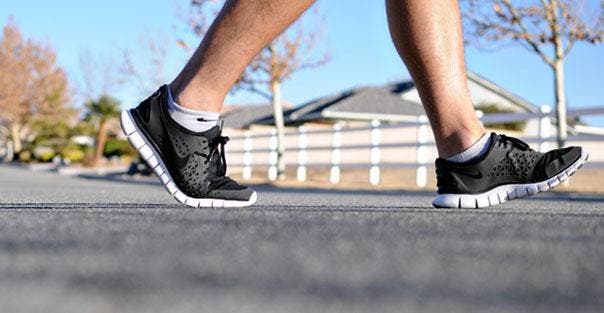Humans are naturally lazy, as they’ll always find a way to execute a movement, even a simple act like walking, with the least expenditure of energy. Our nervous system, it seems, is hot-hired to find the optimal energy balance for any movement. It’s so good at it, that it adapts to a new gait or environment within a matter of minutes.

You have to be really smart to be this lazy, Jessica Selinger of Simon Fraser University in Canada. She and colleagues were curious to find what physiological changes are going inside our bodies when we move or what prompts us to chose a certain path from A to B out of countless others. What better way to find out than making life miserable for a couple of volunteers.
Each participant was asked to wear an exoskeleton intentionally built to be as unconformable as possible. This was to discourage people from walking in their own gait, developed over millions of steps during their lifetimes. You could try to walk ‘normally’, but the robotic exoskeleton makes it costly to do so by slightly blocking the knee from swinging.
“We think of our experiment like dropping someone into a new world with all new rules,” Selinger says. “Any walking strategies that may have developed over evolutionary or developmental timescales are now obsolete in this new world.”
Selinger was impressed to see that the participants sensed the cost associated with the movement and adapted. More specifically, the participants optimized their energy use rapidly changing their step frequency. Even when the energy saving was very small, say smaller than 5%, the participants still showed optimization patterns, as reported in Current Biology. Moreover, this is all done subconsciously. You could say the brain actively works to balance energy cost, then it’s smooth sailing. All back to its lazy self, which is quite ironic when you think about how hard some people work to burn as many calories as possible. The nervous system is just trolling.
Next on Selinger’s agenda is uncovering what mechanisms the nervous system uses to track energy expenditure, but also how it manages to run such a complex optimization process. “Walking requires the coordination of literally tens of thousands of muscle motor units,” Max Donelan, also of Simon Fraser University, says. “How do we so quickly discover the optimal combinations?”


